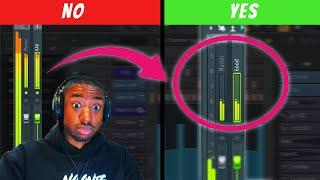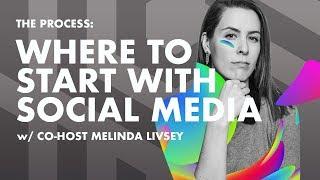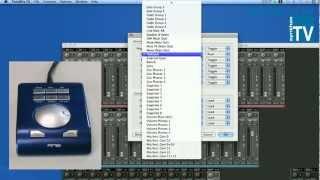Комментарии:

first
Ответить
This was very helpful for my mix when doing vocals , thanks game
Ответить
That melody is dope.
Ответить
why does everyone say -0 -3 is the best lol..
Ответить
When it comes to mixing, you should be aiming for -6db on your master fader. Everyone should also have a loudness meter, for getting the right true peak or LUFs. Youlean loudness meter is a free plugin and it works great. ✌️
Ответить
Great vid 👍
Ответить
How do you record in a lower db?
Ответить
Actually, contrary to the thumbnail if you mix at 0 you don't have to turn anything up as much, which is all around better. Turning things down is always better, so mixing at 0 results in less artifacts from compression.
Ответить
-3 to -6dB should be what you're going for just most people don't have properly treated recording environments:(
Ответить
So can i record whatever volume and then pull down to -6? Same thing ?
Ответить
Boomp!!
Ответить
How can i enter the holiday giveaway
Ответить
What was that bass'ee kick you're using?
Ответить
Ну Бро,ну Бро надавал стилька бро ✨💞🦄!!!)))) Реально пушка полнейшая 🧞♀️🧞♀️🧞♀️!!!)))) Дикое звучание правда бро,удачи тебе в этом 🦄✨🔥))))))))))))))))))
Ответить
I am a beat maker
Ответить
This is not great advice. You should, when recording vocals, aim to record as loud as possible without distorting your signal or introducing excess noise. You want to achieve as high a signal-to-noise-ratio as possible, which is the relationship between the desired signal being recorded, and the noise floor of your recording system. You don't really have to care about what your meters in your DAW are saying your vocal signal is doing, as long as you're not distorting it at the input stage, with your preamp. Remember that recording a soft vocal signal means that you're just going to be cranking it up in your DAW, adding compression and most likely makeup gain, all of which are going to bring up that noise floor.
Also, yes, getting close to the microphone capsule does introduce the so called "proximity effect" which disproportionately increases low frequency response in the recorded signal, but you only need to back off the capsule a couple of inches to reduce this, introducing room sound into a vocal recording is usually undesirable, especially considering most of this channel's audience does not have access to acoustically treated recording environments. Furthermore, there's nothing wrong with recording with the proximity effect. If you don't want that exaggerated low end, you can just eq it out after, or during recording.
But that exaggerated low frequency is desirable in some cases, for example it's used to great effect on radio voices, and certain vocals that need to have a lot of body. Note that the proximity effect is also only observed in figure-8 and cardioid microphone polar patterns, and not in omni. So if you really want no proximity effect, get a mic that can record omnidirectionally.

Appreciate what you do bro. Thanks a lot for all your hours and knowledge and honour for the creative, entertainment and business world. Blessings for 2022.
Ответить
Most of my work flow top tips is from you, I put any I see on channel into practice and it been working thanks
Ответить
Both are great tips that I need to take advantage of. thank you as always!
Ответить
1) bring stuff down remember u can't work much with a sound that's loud and already exported/recorded, but if it's low you can always bring it up afterward n mess with it.
2) also I would suggest added everything to one whole bus while gain staging

In dubstep community we turn our driver quieter and mix loud, so the opposite to way busy is doing it.
Ответить
"Welcome to busyworksbeatssssss🐍🐍"
Ответить
South Africa Approves!
👊🏻🙏🏽

Excellent Thanks
Ответить
I record my songs at about 35% volume (on my mixer & in my daw).... Definitely a pro tip 👍. I came to see if there was anything I might have been trying overlooking. Your videos have proved useful numerous times. Thanks
Ответить


























